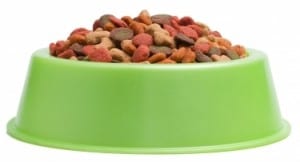Lilies are beautiful, and in springtime many yards hold an abundance of them. They’re also common in many Easter flower arrangements. While not particularly dangerous to humans or dogs, some types of lilies are poisonous to cats. This article will tell you what kinds are the most dangerous to cats, and what to watch out for.
Around Easter time, the Easter lily is a welcome guest in many homes. These flowers are very poisonous to cats, and it goes for every part of the plant. Leaves, petals, stems, and pollen are all poisonous. If you see your cat eating or licking an Easter lily, even if it’s just nibbling a leaf, call the vet. Cats can also accidentally ingest the pollen while grooming, and even such a small amount can lead to kidney failure.
Symptoms develop in six to twelve hours after exposure, and the signs of poisoning include:
- Vomiting
- Loss of appetite
- Dehydration
- Lethargy
Some cats also stagger, become disoriented, or suffer seizures.

If your cat ingested any part of an Easter lily, it needs treatment at once. There aren’t any antidotes to lily poison, and the vet will administer drugs to bind the poison and give intravenous fluids to flush out the kidneys. They will also monitor the kidneys through blood testing. If the cat gets treatment quickly, all this will be easier on both the pet and your wallet.
Other types of lilies known to be poisonous to cats include Tiger lilies – common in yards – Day lilies, and Asiatic lilies.
Amongst lilies that usually do not pose a problem to cats we find Peace lilies, Calla lilies, and Peruvian lilies.
It’s always a good idea to keep the numbers to your regular vet and pet emergency rooms saved in your phone and written down somewhere you can find it even in a time of stress.




